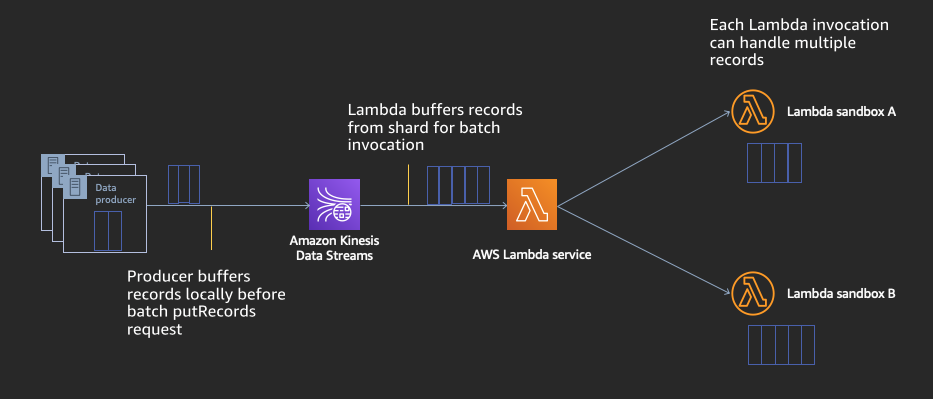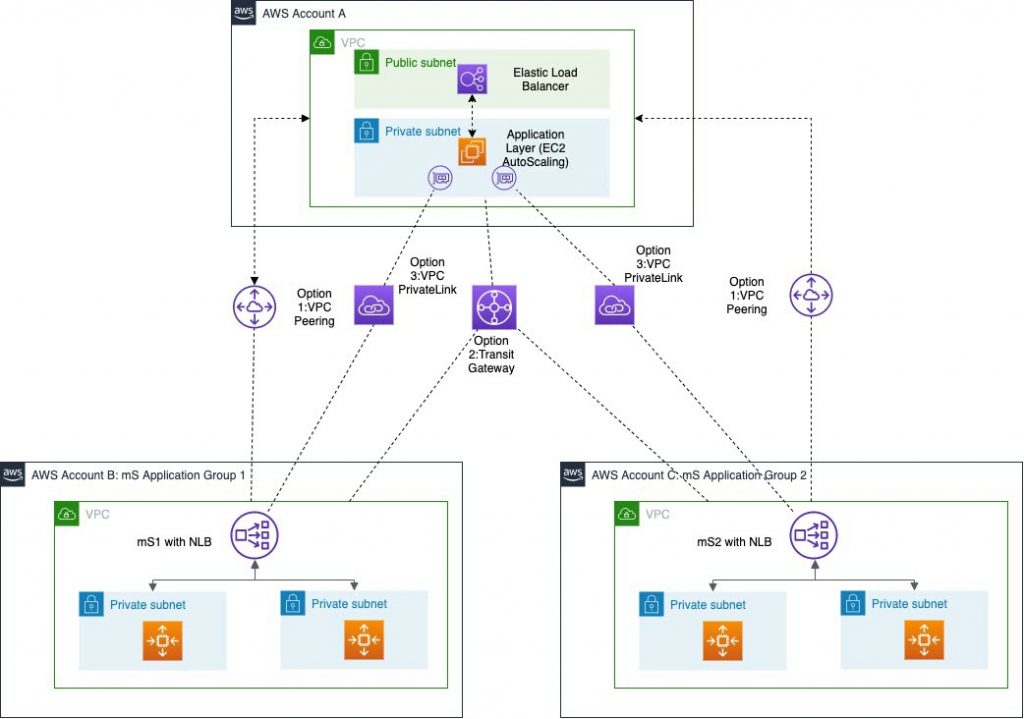AWS Architecture Blog
AWS Architecture Monthly Magazine: Education
One of the missions of the education industry is to educate the next generation of the industry-ready workforce. Whether K-12, higher education, or continuing education, enabling teachers and professors to effectively deliver curriculum and improve student performance is a goal of Education Technology (EdTech) and learning companies. Two trends for AWS use cases in education […]
BBVA: Helping Global Remote Working with Amazon AppStream 2.0
This post was co-written with Javier Jose Pecete, Cloud Security Architect at BBVA, and Javier Sanz Enjuto, Head of Platform Protection – Security Architecture at BBVA. Introduction Speed and elasticity are key when you are faced with unexpected scenarios such as a massive employee workforce working from home or running more workloads on the public […]
Building a Scalable Document Pre-Processing Pipeline
In a recent customer engagement, Quantiphi, Inc., a member of the Amazon Web Services Partner Network, built a solution capable of pre-processing tens of millions of PDF documents before sending them for inference by a machine learning (ML) model. While the customer’s use case—and hence the ML model—was very specific to their needs, the pipeline that does […]
AWS Architecture Monthly Magazine: Automotive
Connected, autonomous, shared, and electric vehicle trends are converging to revolutionize the automotive industry. In this unprecedented age of innovation, automotive companies rely on AWS to fuel their digital transformation efforts, and get their products to market faster, while retaining ownership and control of their data and brand experience. AWS provides the broadest and deepest […]
The Journey to Cloud Networking
IP networking is often seen as a means to an end, an abstract aspect of your business. You don’t say, “I really want a fast network…just to have a fast network.” Quite the contrary. As a business, you set out to accomplish your mission and goals, and then find you need applications to get there. […]
Serving Billions of Ads in Just 100 ms Using Amazon Elasticache (Redis OSS)
This post was co-written with Lucas Ceballos, CTO of Smadex Introduction Showing ads may seem to be a simple task, but it’s not. Showing the right ad to the right user is an incredibly complex challenge that involves multiple disciplines such as artificial intelligence, data science, and software engineering. Doing it one million times per […]
Serverless Stream-Based Processing for Real-Time Insights
September 8, 2021: Amazon Elasticsearch Service has been renamed to Amazon OpenSearch Service. See details. Building on our previous posts regarding messaging patterns and queue-based processing, we now explore stream-based processing and how it helps you achieve low-latency, near real-time data processing in your applications. AWS offers two managed services for streaming, Amazon Kinesis and […]
Using VPC Sharing for a Cost-Effective Multi-Account Microservice Architecture
Introduction Many cloud-native organizations building modern applications have adopted a microservice architecture because of its flexibility, performance, and scalability. Even customers with legacy and monolithic application stacks are embarking on an application modernization journey and opting for this type of architecture. A microservice architecture allows applications to be composed of several loosely coupled discreet services […]
Formula 1: Using Amazon SageMaker to Deliver Real-Time Insights to Fans
The Formula One Group (F1) is responsible for the promotion of the FIA Formula One World Championship, a series of auto racing events in 21 countries where professional drivers race single-seat cars on custom tracks or through city courses in pursuit of the World Championship title. Formula 1 works with AWS to enhance its race […]
AWS Training and Certification Blog Channel Helps Grow Cloud Skills
We’ve heard from our customers that cloud skills are increasingly in high demand, and we have exciting news for anyone looking for resources to help build AWS Cloud skills. We’ve launched a dedicated AWS Training and Certification Blog, with news and updates about our trainings, certifications, and education programs for learners at all skill levels. […]









